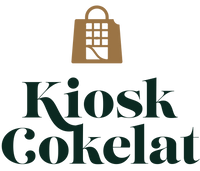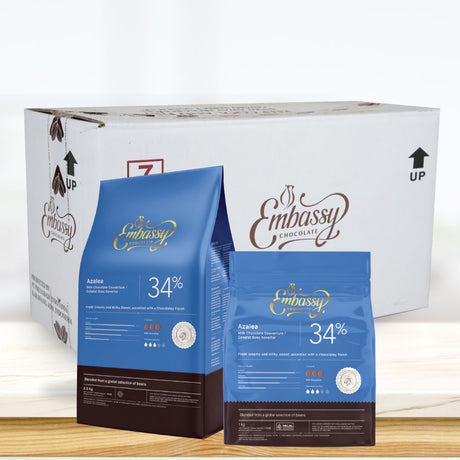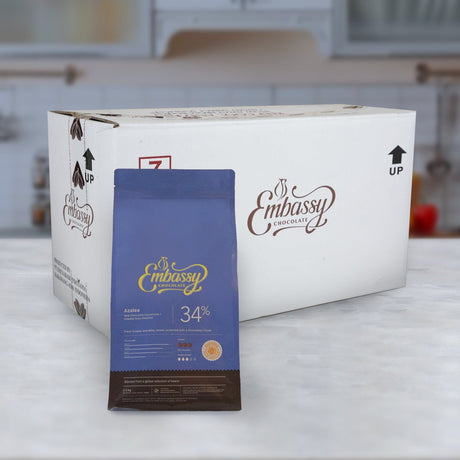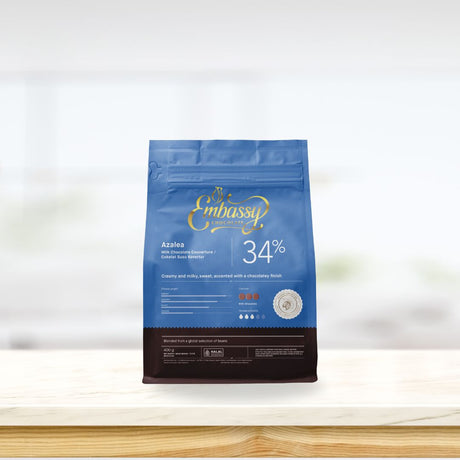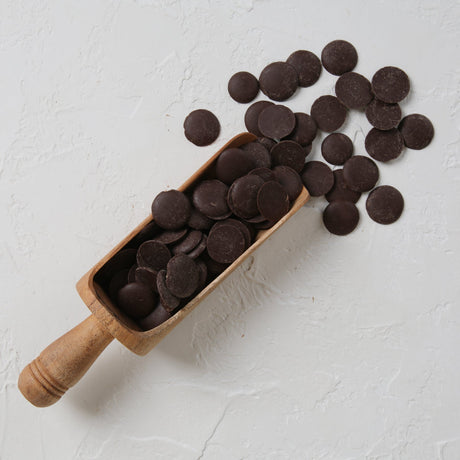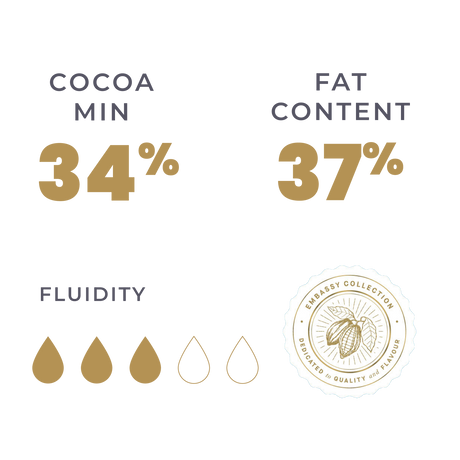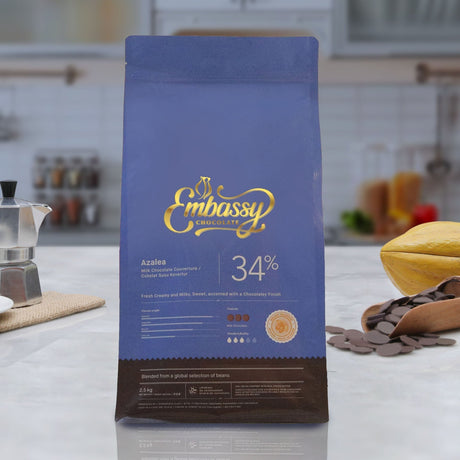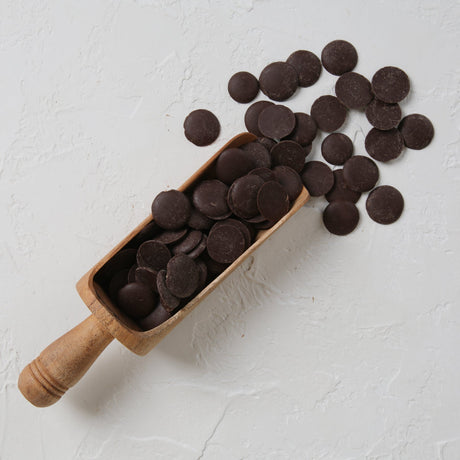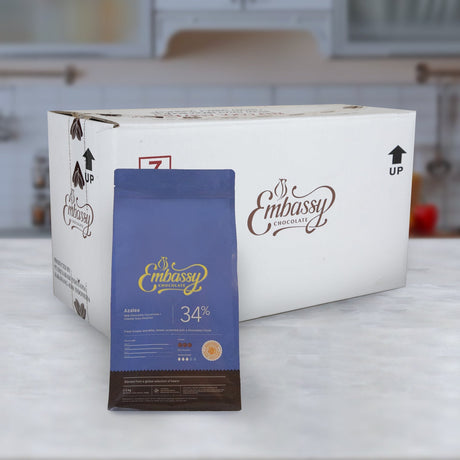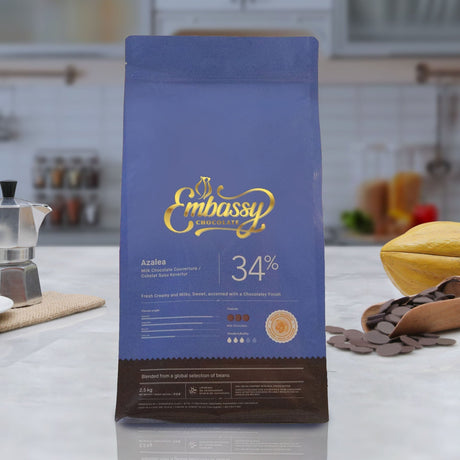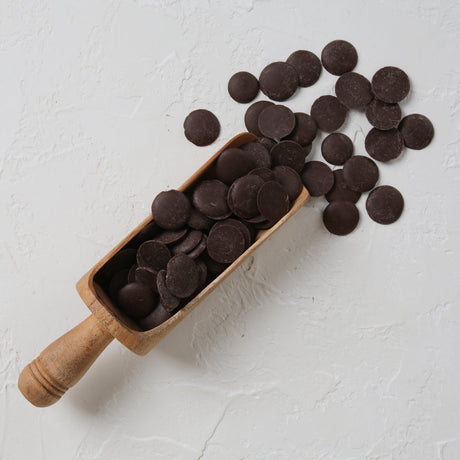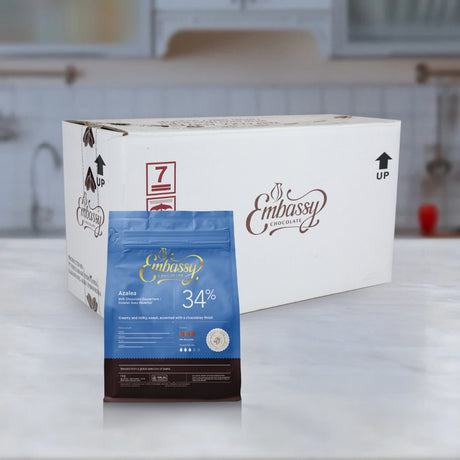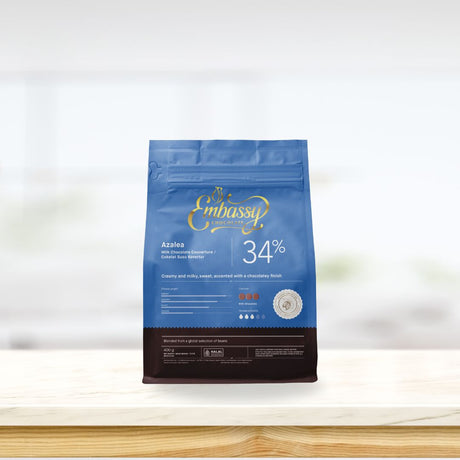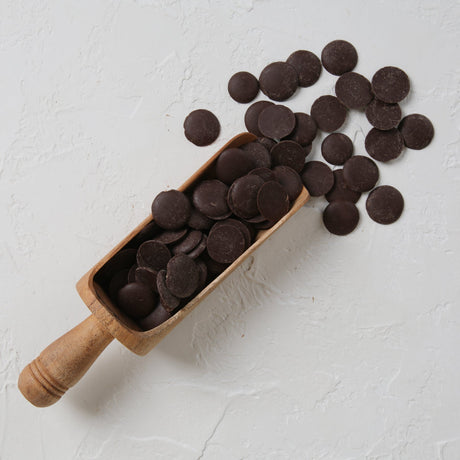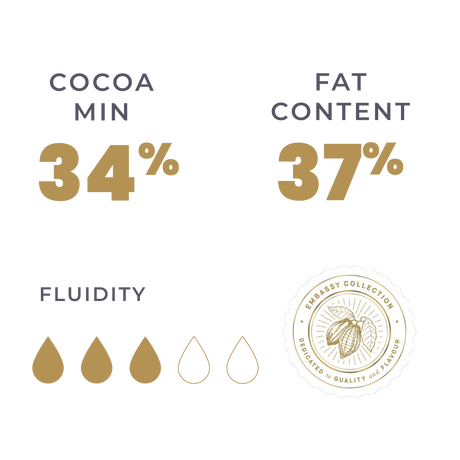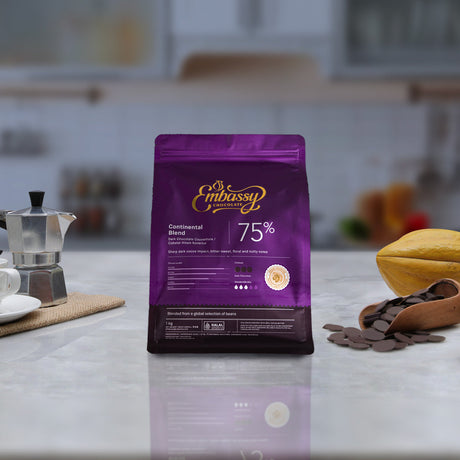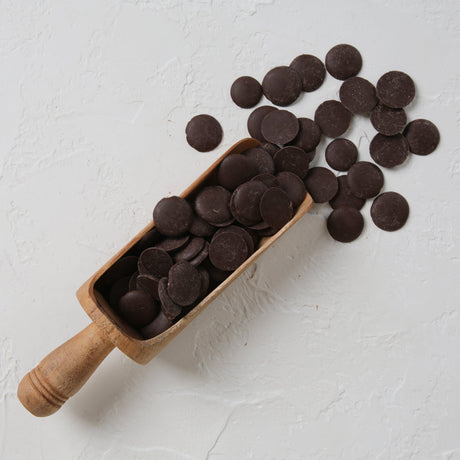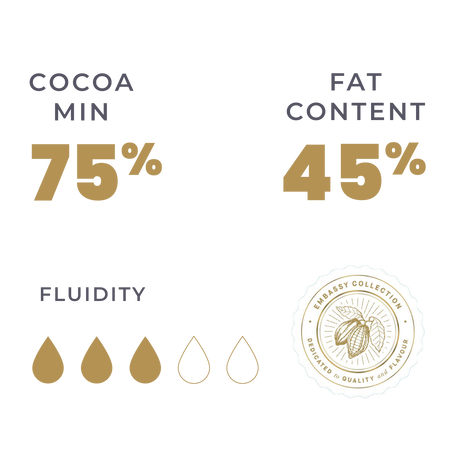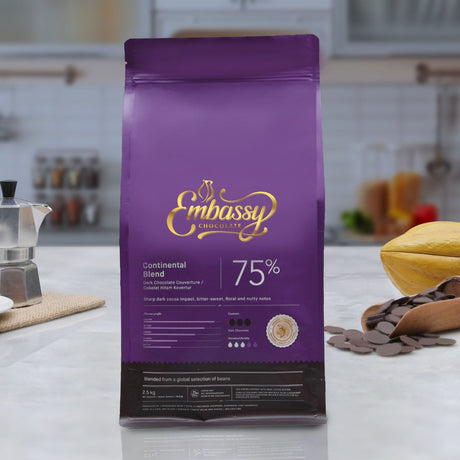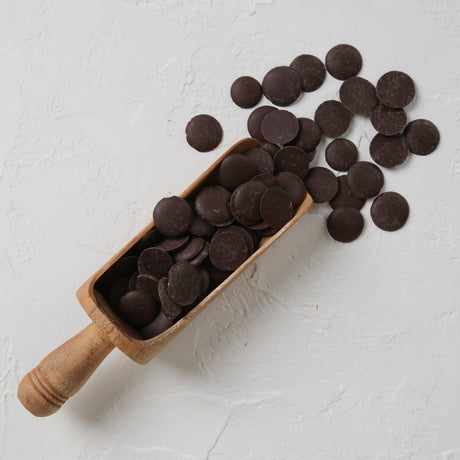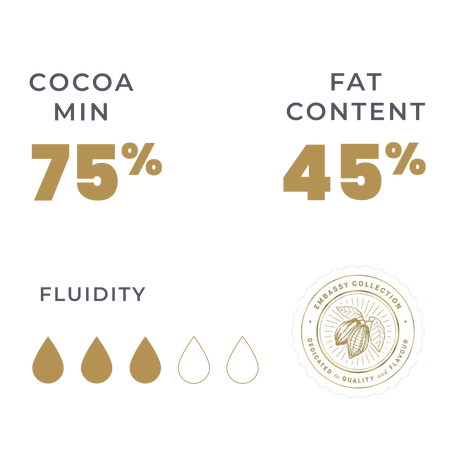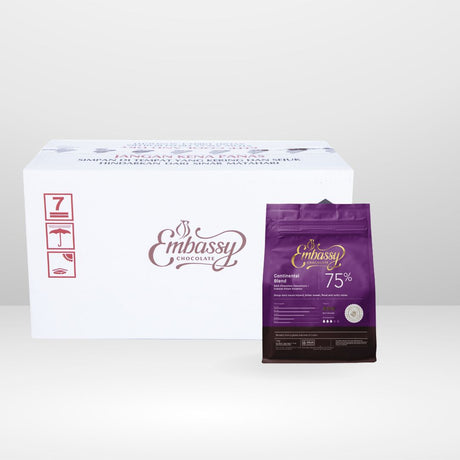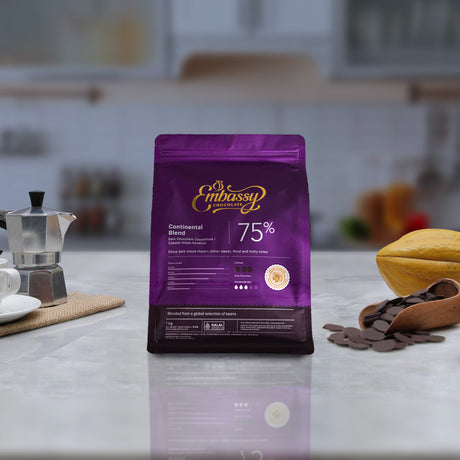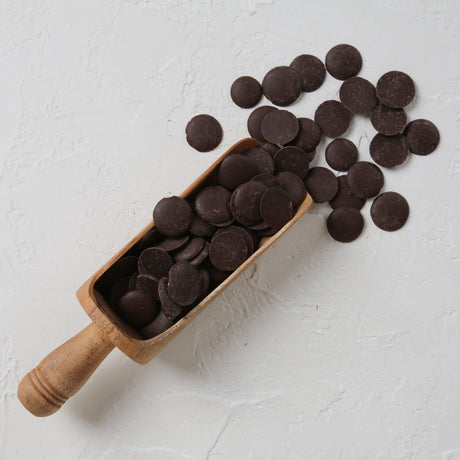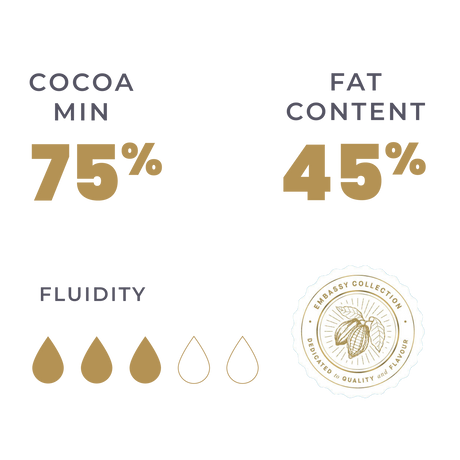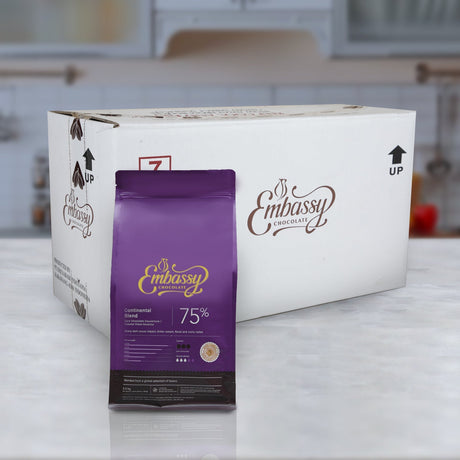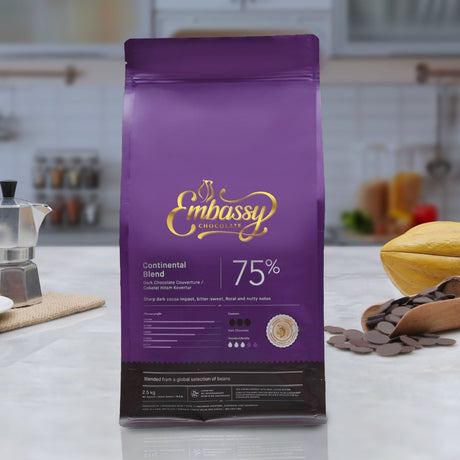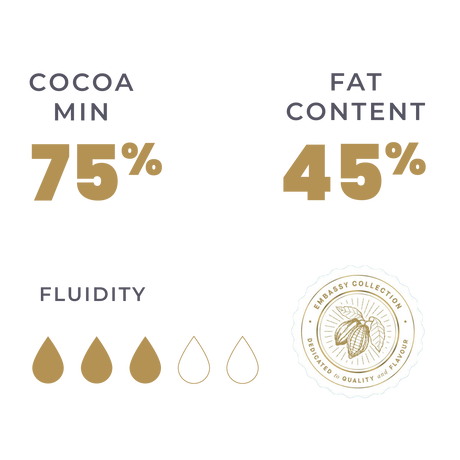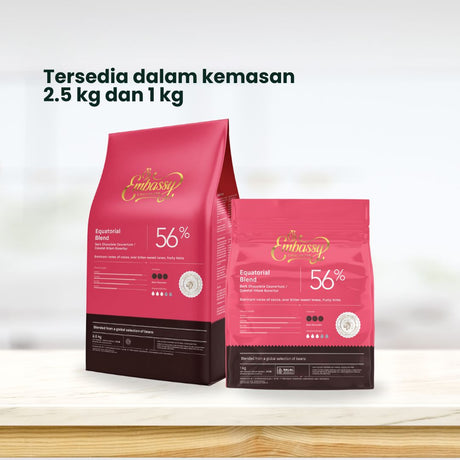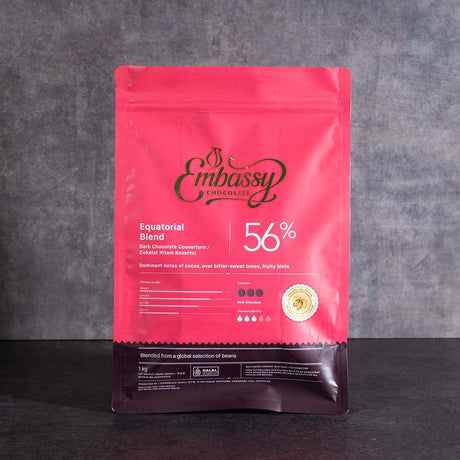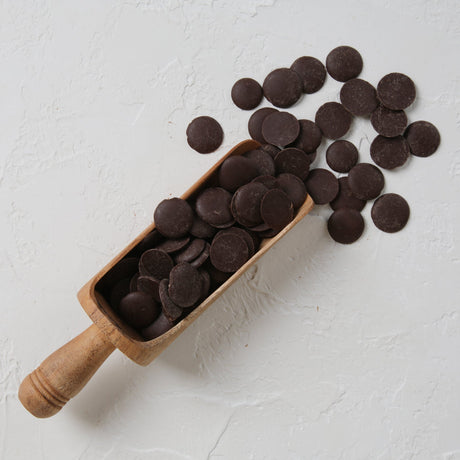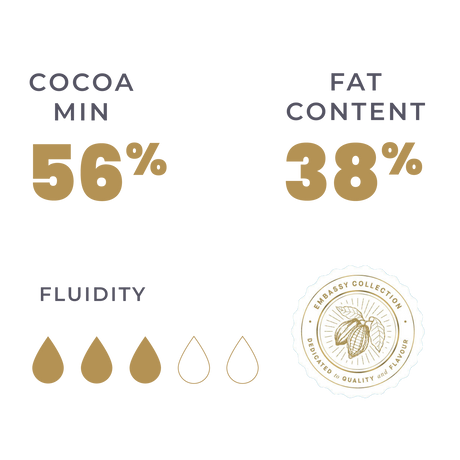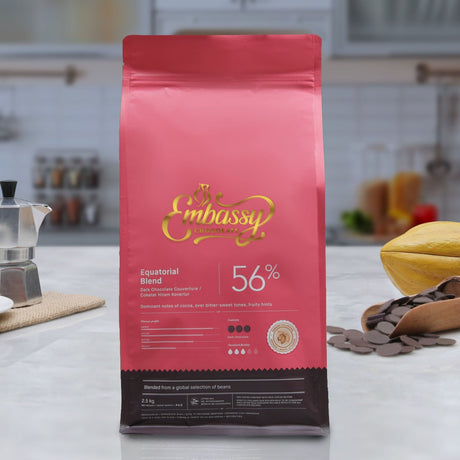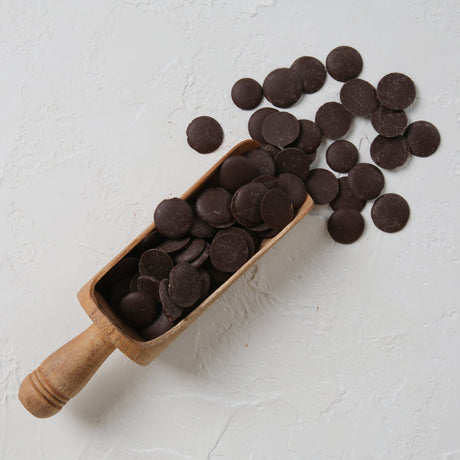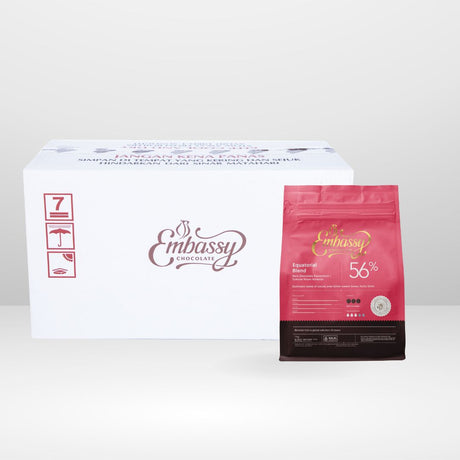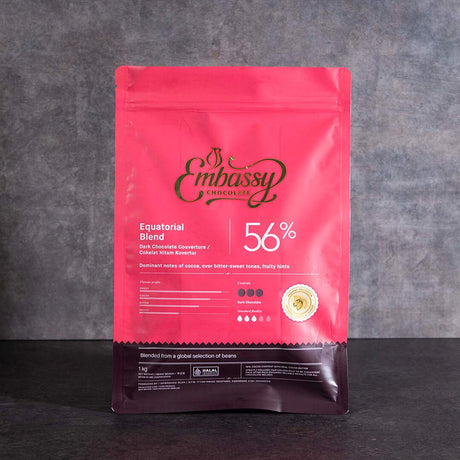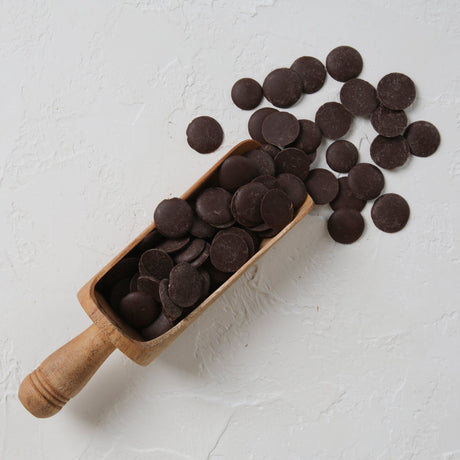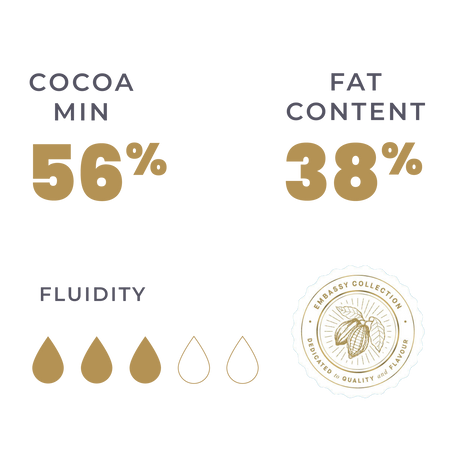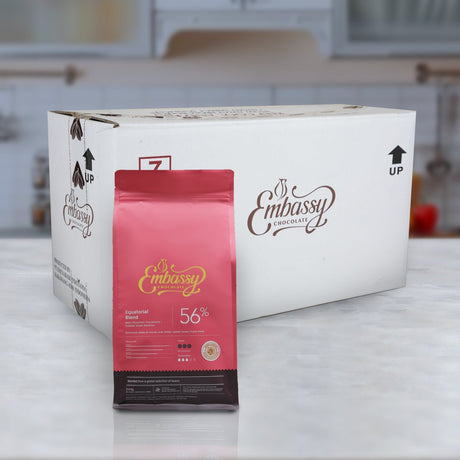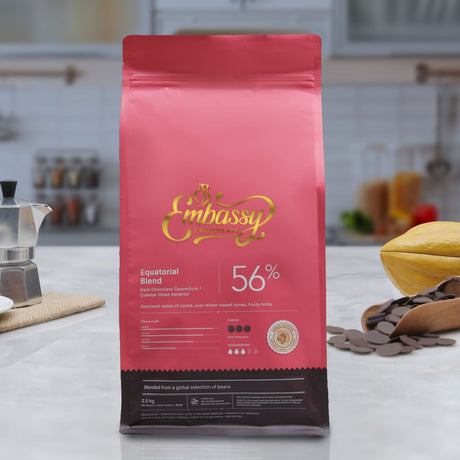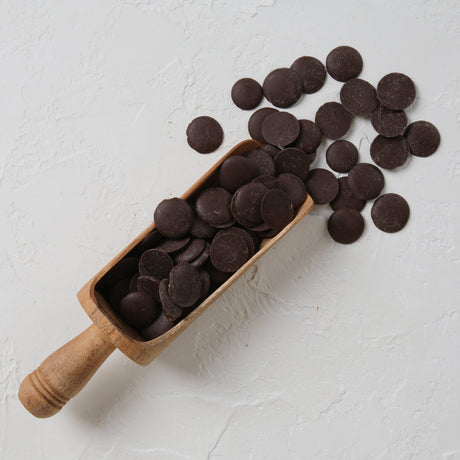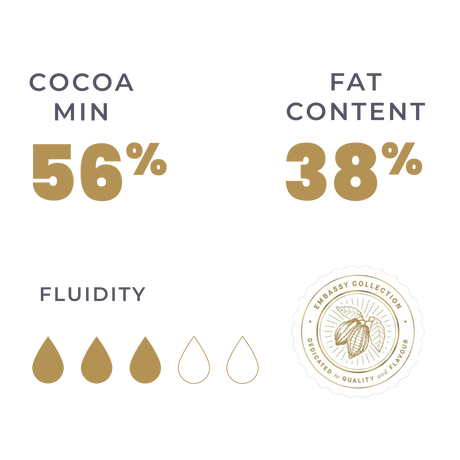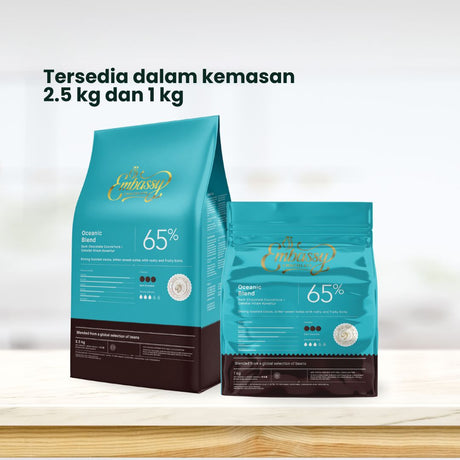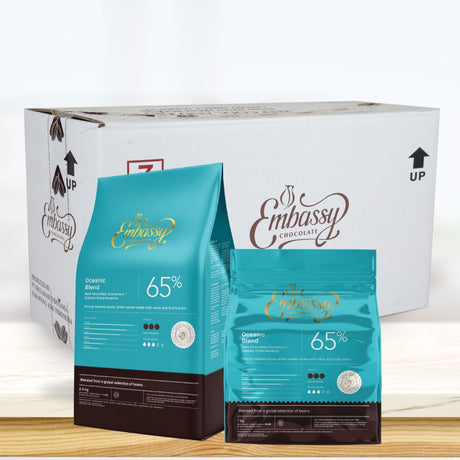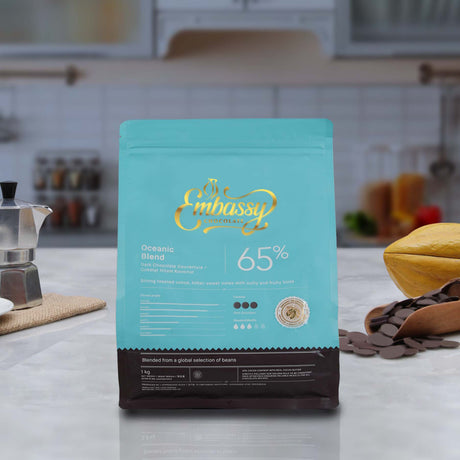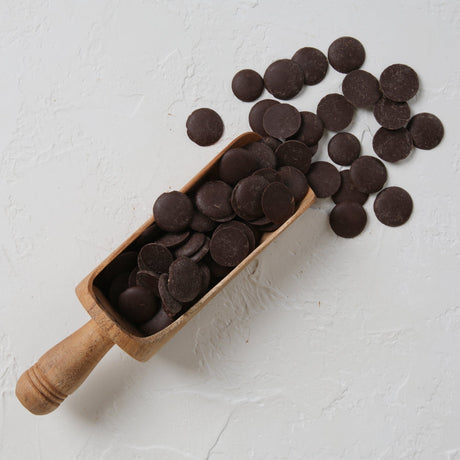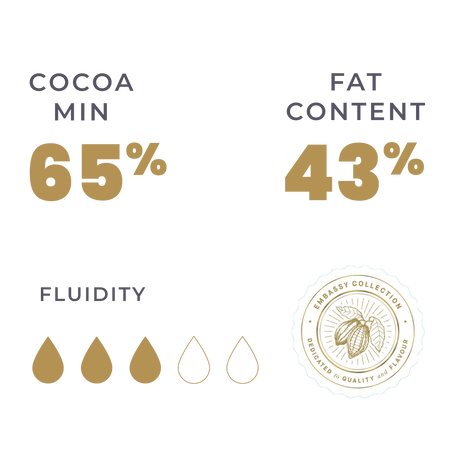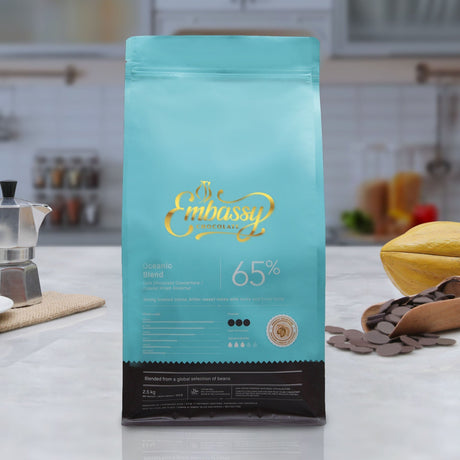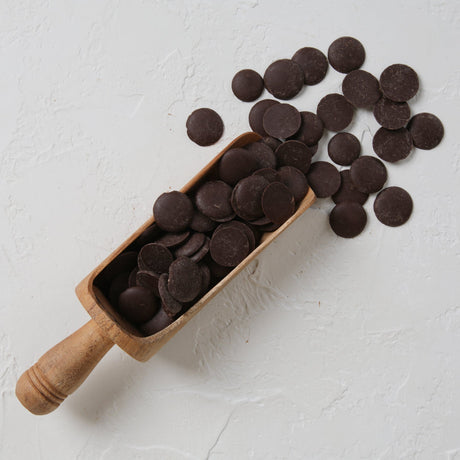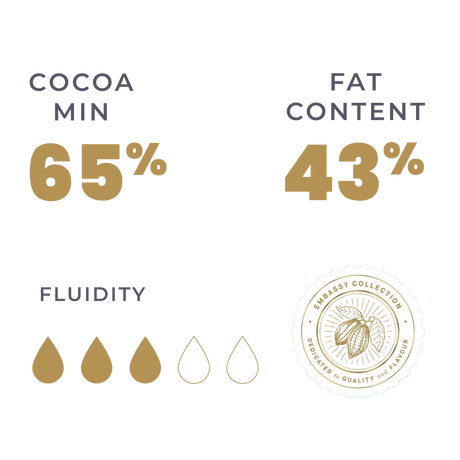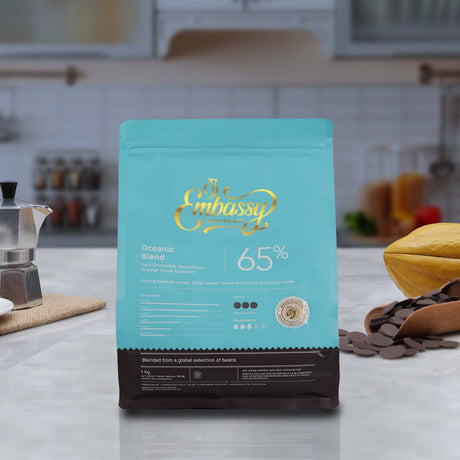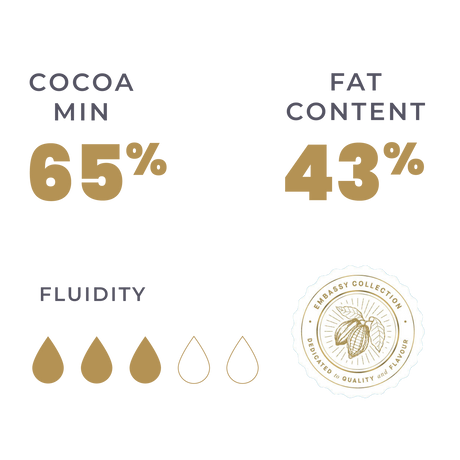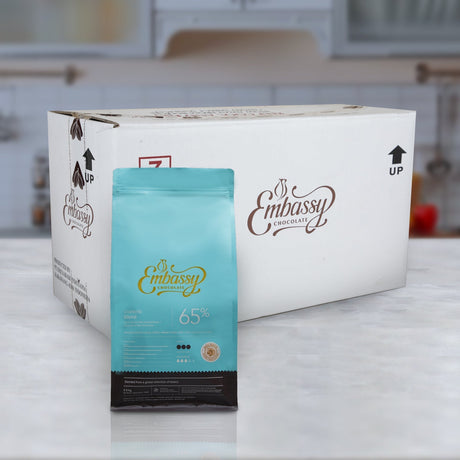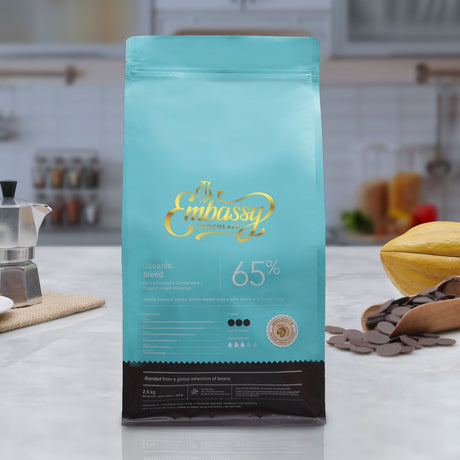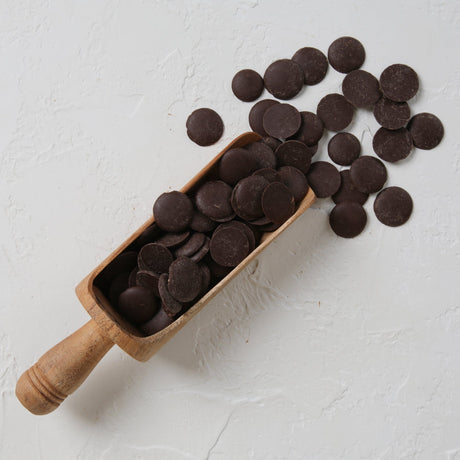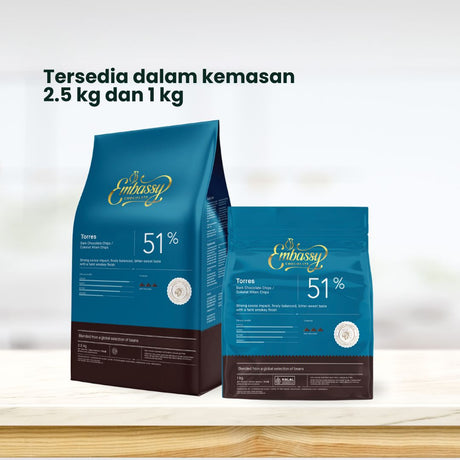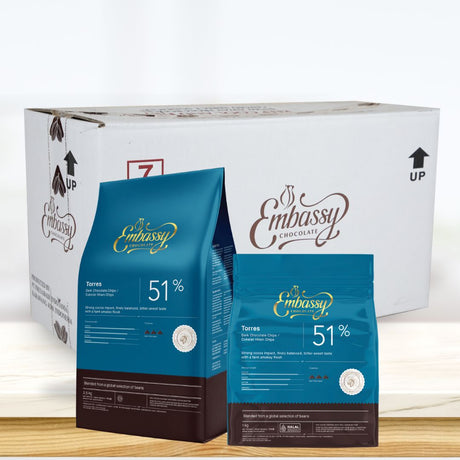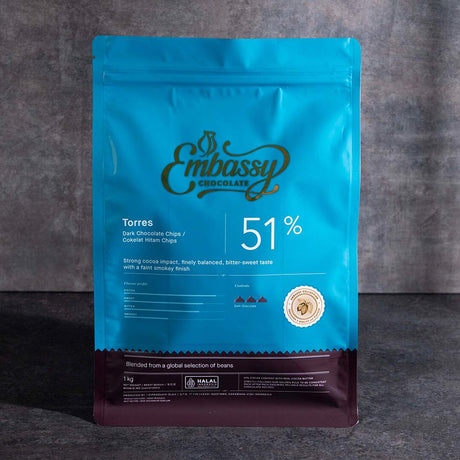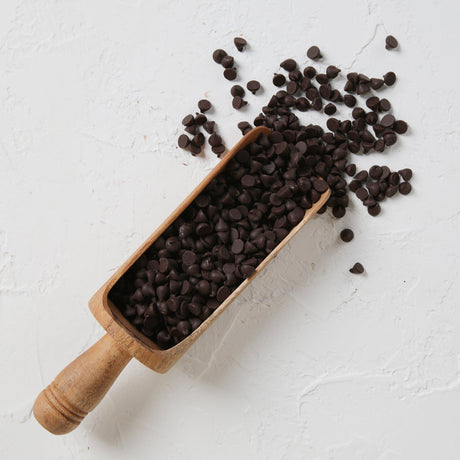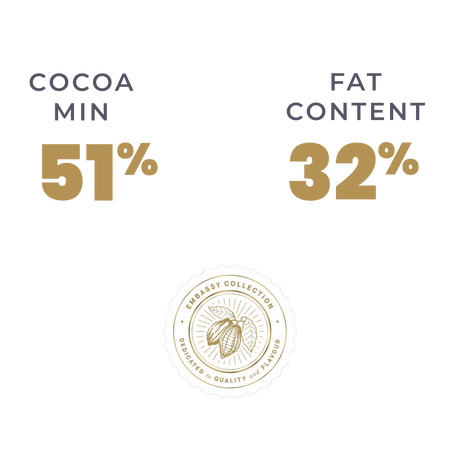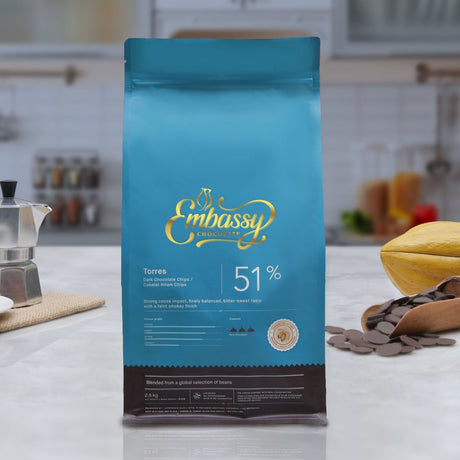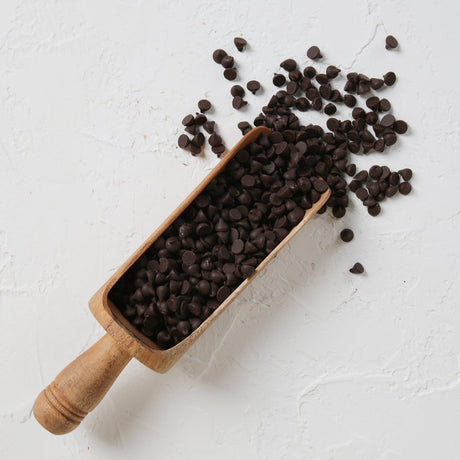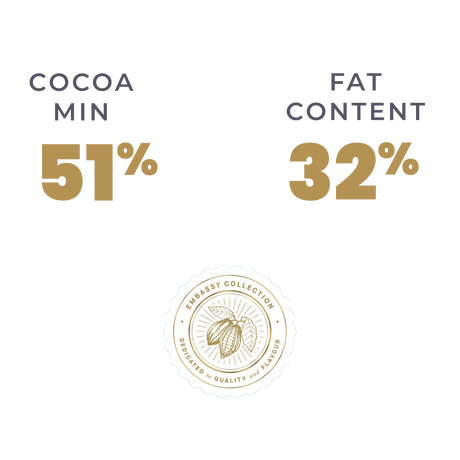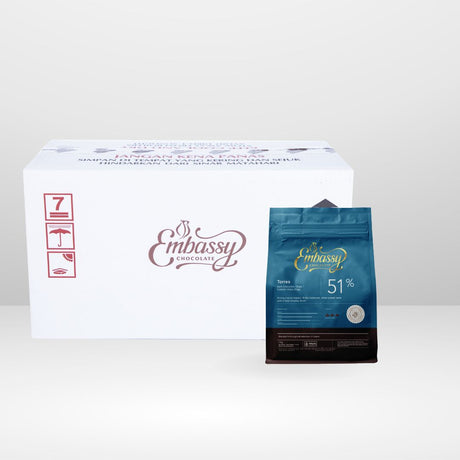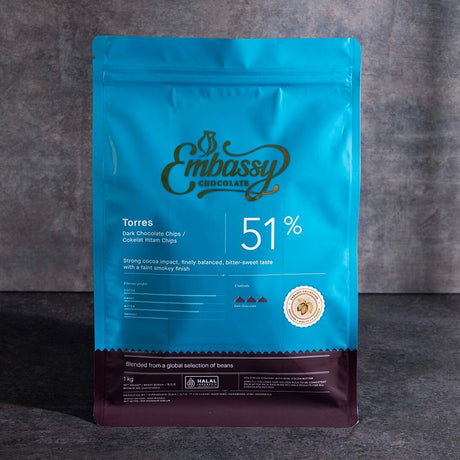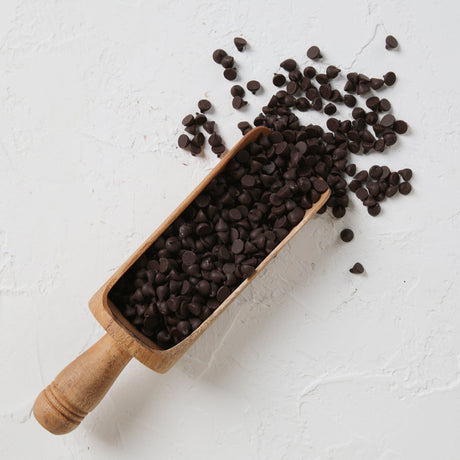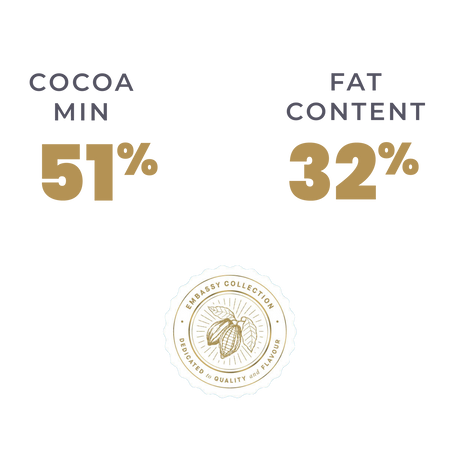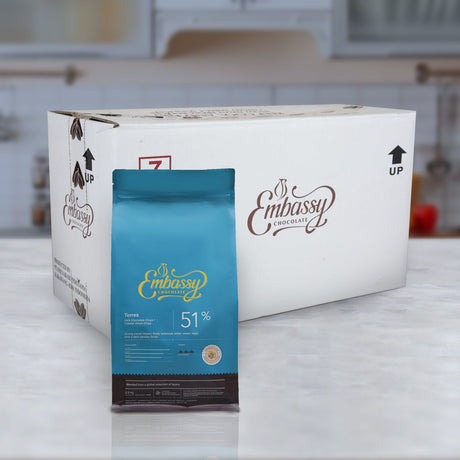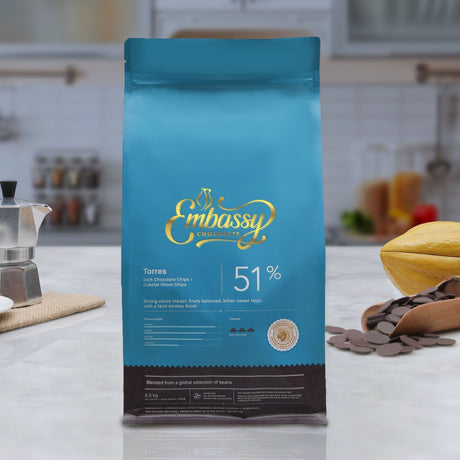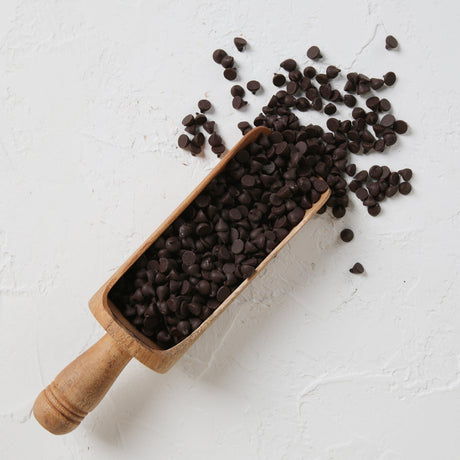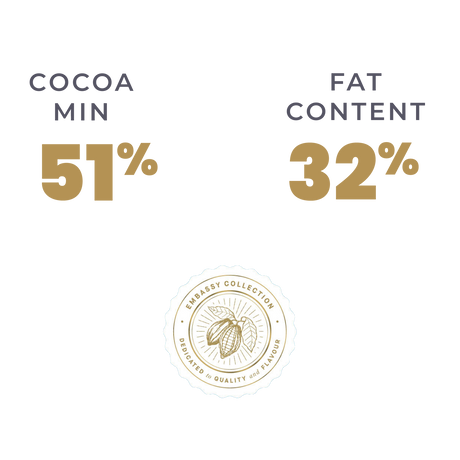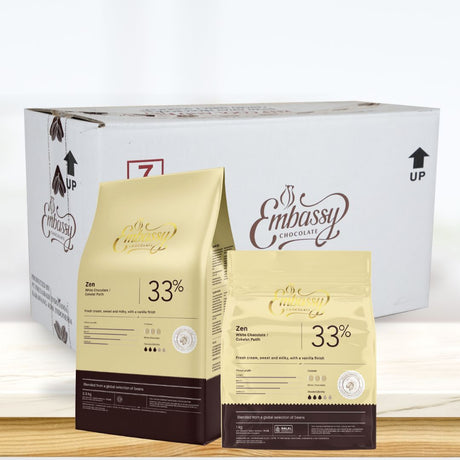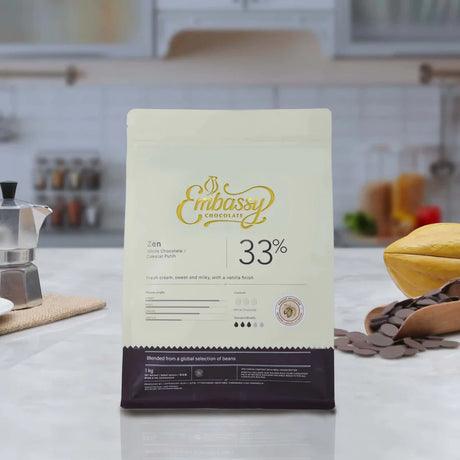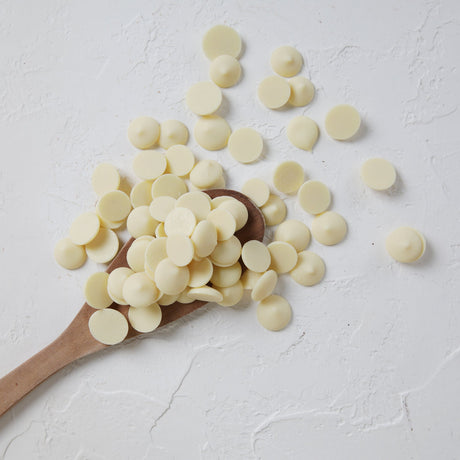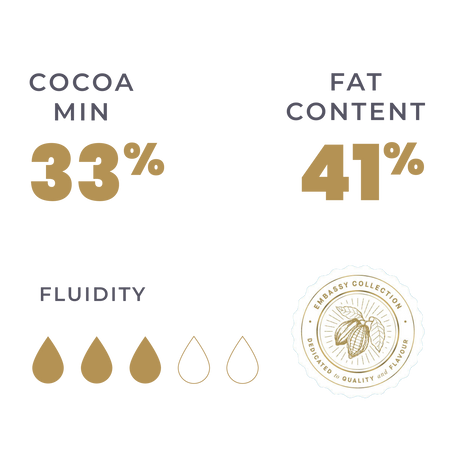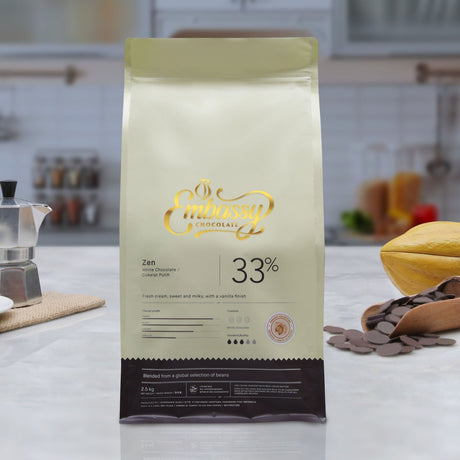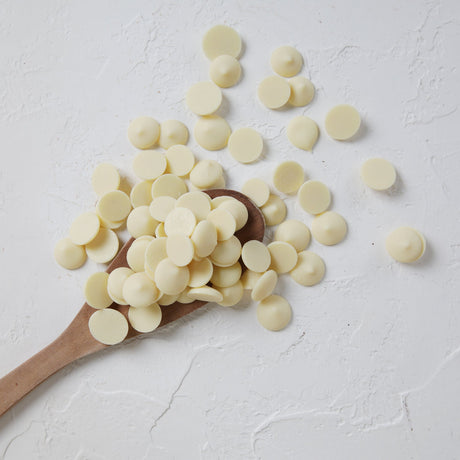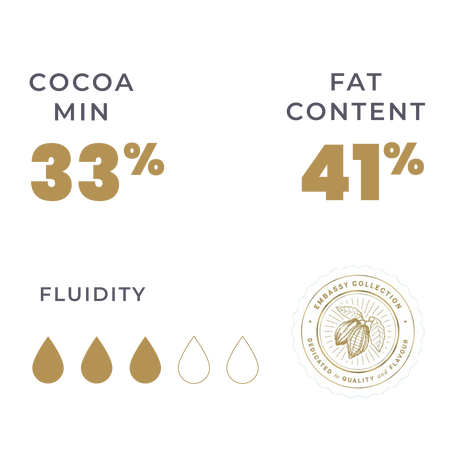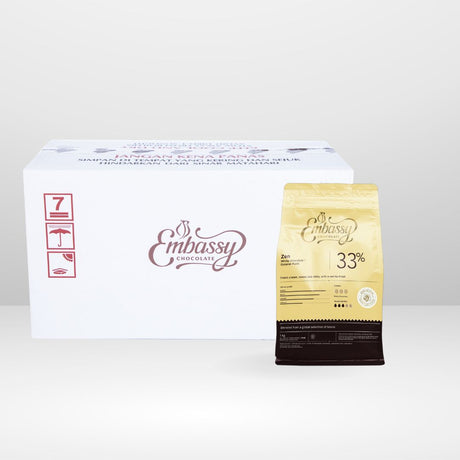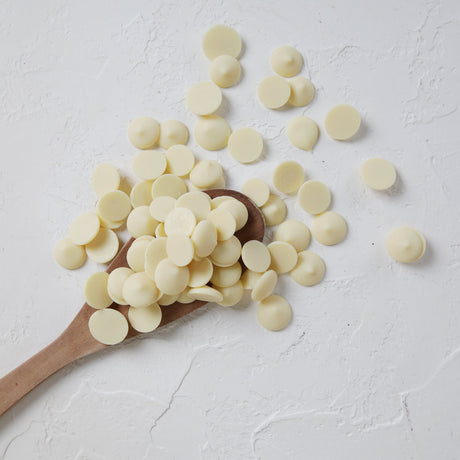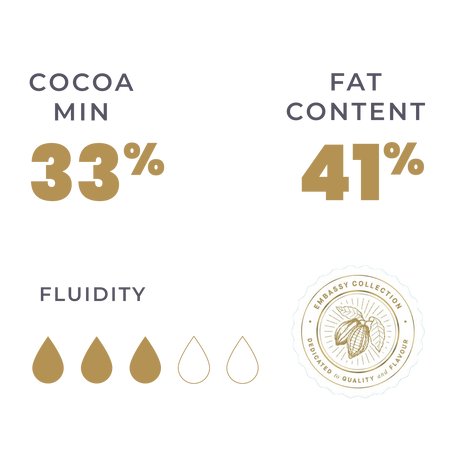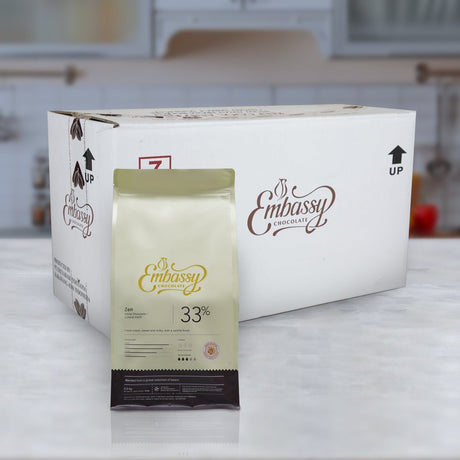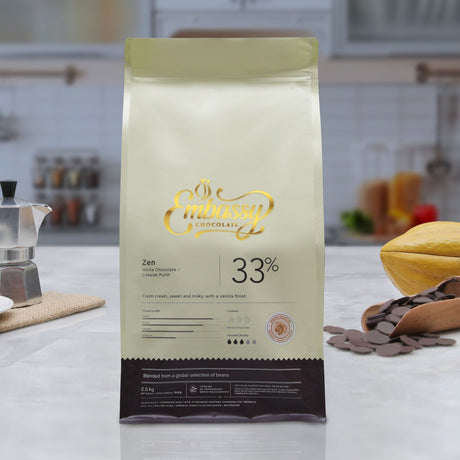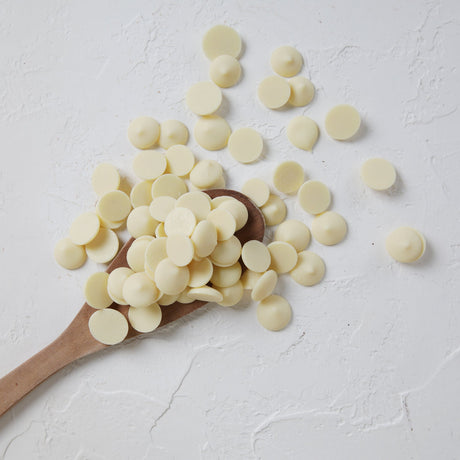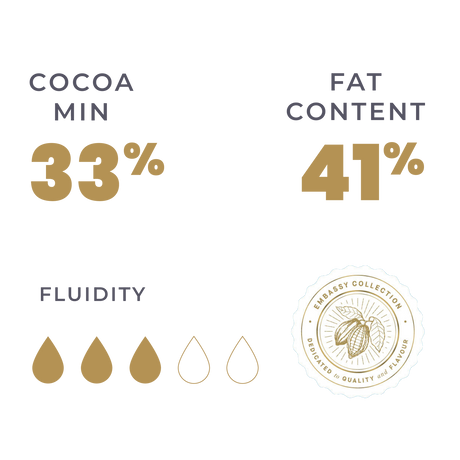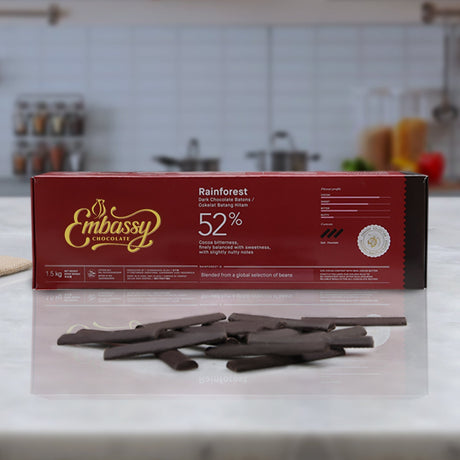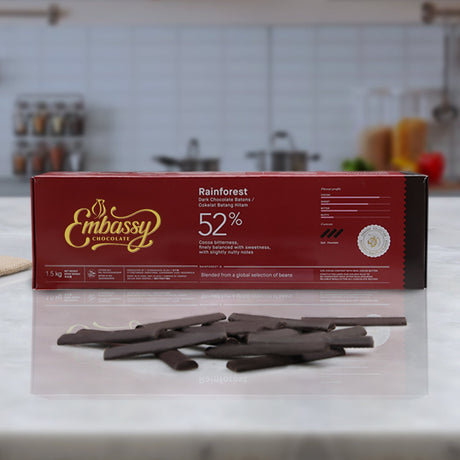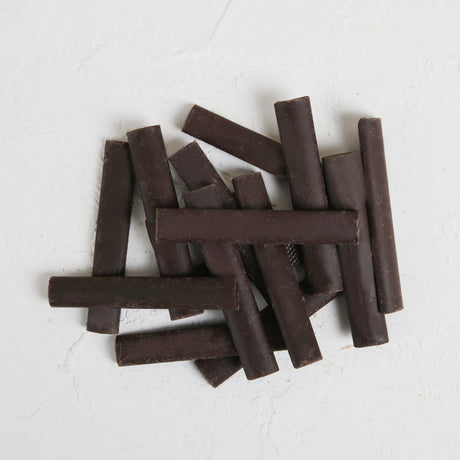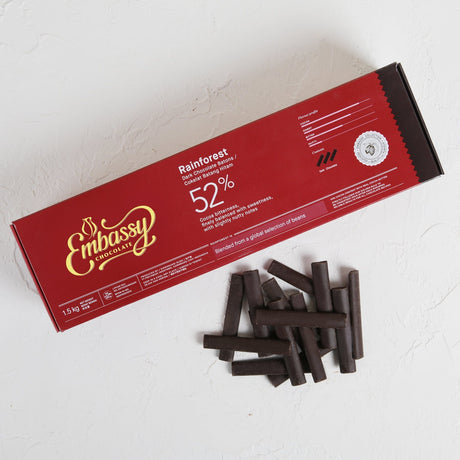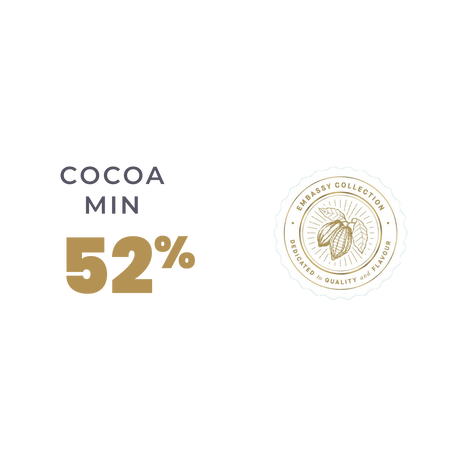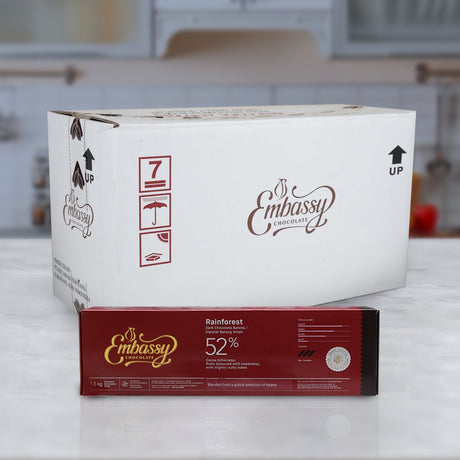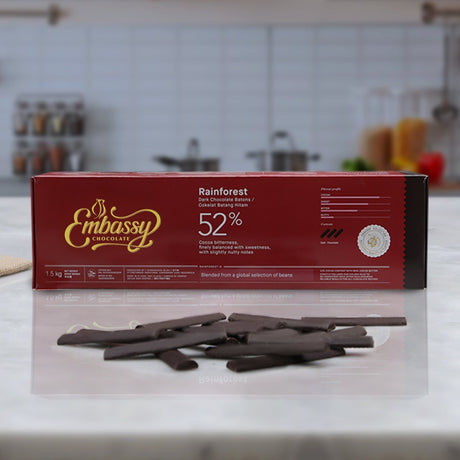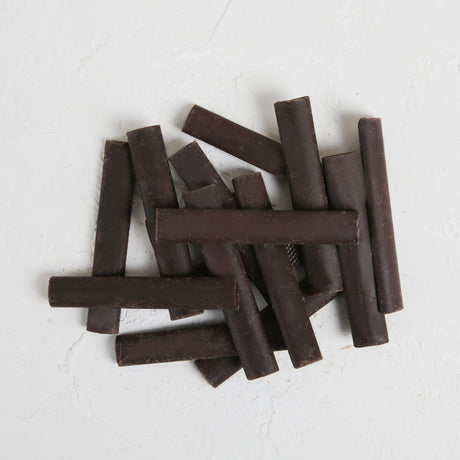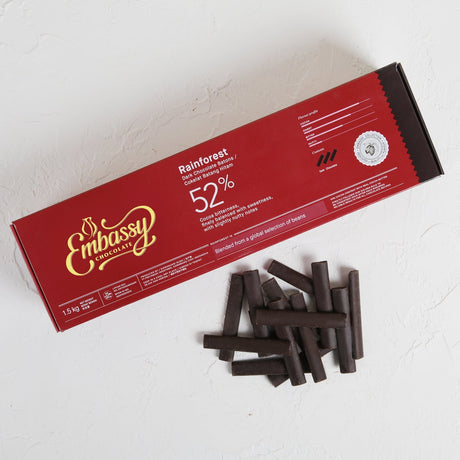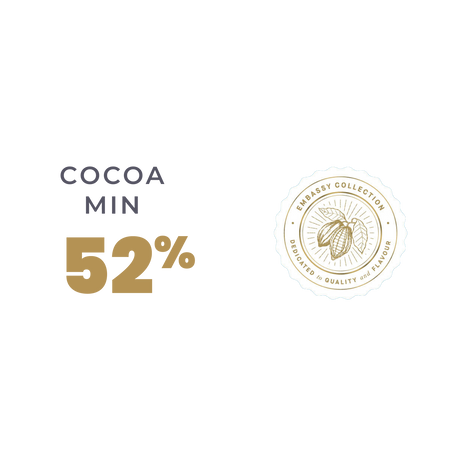FAQ - Embassy
About Our Chocolate
1. Are Embassy products halal?
1. Are Embassy products halal?
Yes, we use halal-certified materials and finished products in our factories and warehouses.
2. Do Embassy products have a kosher certificate?
2. Do Embassy products have a kosher certificate?
Yes, Embassy products are certified kosher by the Orthodox Union.
3. Do Embassy products contain milk? Is it suitable for vegans?
3. Do Embassy products contain milk? Is it suitable for vegans?
Milk chocolate and white chocolate contain milk, while our dark chocolate does not contain milk. However, we cannot deny that there is the possibility of milk contamination in the product. This can happen because our dark chocolate products are processed using the same equipment as other products that contain milk. Thus, we leave it to each individual to determine.
4. Do Embassy products contain nuts
4. Do Embassy products contain nuts
Embassy products are processed at our factory in West Java, which does not process nuts.
5. Do Embassy products contain trans fats?
5. Do Embassy products contain trans fats?
No, our Embassy products do not contain ingredients with trans fats or partially hydrogenated fats.
6. Are Embassy products safe for consumption by pregnant and lactating women?
6. Are Embassy products safe for consumption by pregnant and lactating women?
All of our Embassy products use ingredients that are safe for human consumption and have the highest quality standards. However, we advise pregnant women and nursing mothers to consult a doctor before consuming our products.
Processing Chocolate
1. How long is the shelf life of Embassy chocolate that is safe for consumption?
1. How long is the shelf life of Embassy chocolate that is safe for consumption?
Our dark chocolate and milk chocolate can last up to 18 months, while our white chocolate can last for 12 months.
2. How to store chocolate properly?
2. How to store chocolate properly?
Store chocolate in a cool room with a stable temperature between 18-22°C. Keep away from sunlight and high humidity.
Store chocolate in an airtight container and avoid opening the container to prevent air from entering. Chocolate can absorb the taste and aroma of food around it, so it is important to avoid strong odors around the chocolate, including the smell of the container itself.
Before storing chocolate in the freezer , store the chocolate in the refrigerator for 24 hours first to prevent temperature shock and water vapor condensation. When removing chocolate from the freezer , move it to the refrigerator for 24 hours first, then store it at 18-22 °C for the next 24 hours.
3. Why does chocolate sometimes have white spots on the surface?
3. Why does chocolate sometimes have white spots on the surface?
White spots indicate the chocolate has experienced fat bloom or sugar bloom .
Fat bloom is an event where fat (from cocoa butter) appears on the surface of the chocolate. During storage, fat bloom can be caused by unstable storage temperatures, resulting in the fat in the chocolate melting. This causes the fat to rise to the surface, which appears as dull white spots and layers on the chocolate as it hardens. Fat bloom may also appear on the finished product. This can be caused by unstable temperatures, imperfect tempering , incorrect timing , etc.
Meanwhile, sugar bloom is caused by humidity or water vapor. Water vapor can appear when chocolate is stored in a damp place or when chocolate experiences temperature shock due to drastic temperature changes. Due to the condensation of water vapor on the surface of the chocolate, the sugar in the chocolate is also dissolved with the water vapor. When the water evaporates, the sugar will crystallize again, giving rise to a white layer on the surface of the chocolate.
If your chocolate experiences blooming , don't worry because the chocolate is still safe to consume.
4. What is tempering and why does couverture have to undergo this process?
4. What is tempering and why does couverture have to undergo this process?
Tempering is the process of using heat to release the beta crystals in chocolate so that the chocolate has a smooth, shiny surface and feels crunchy when broken. By tempering , you can reduce the risk of fat bloom occurring in the chocolate being processed.
The tempering process needs to be carried out when couverture chocolate will be used for molding and decoration. When couverture chocolate is used for cakes, ganache , ice cream, chocolate mousse , brownies and the like, the tempering process is not necessary.
5. Can melted couverture be reused?
5. Can melted couverture be reused?
Yes, you can re- temper melted chocolate. Make sure that there are no other ingredients mixed with the chocolate, such as nuts, cream and/or butter.
6. Why is it sometimes difficult to remove chocolate from the mold?
6. Why is it sometimes difficult to remove chocolate from the mold?
To overcome this problem, you need to ensure the tempering process is carried out well.
7. What is the percentage of cocoa in chocolate?
7. What is the percentage of cocoa in chocolate?
Cocoa content is the percentage of the total cocoa solids (including cocoa butter) of a product. The higher the percentage, the bitterer and more intense the taste will usually be.
8. What is the fat content in couverture chocolate?
8. What is the fat content in couverture chocolate?
Fat content is the amount of fat that comes from cocoa butter and milk in couverture chocolate.
